I’ve been meaning to write a post on the beef crisis for ages. I put it off as I just wasn’t in the mood when we had got shed full of bulls and weren’t sure when they would be going to the factory and then I just got busier! ?There has been much written about the increasing power of the supermarkets particularly in the light of the vegetables being sold for 5 cent before Christmas and totally discrediting the work that farmers do. Good food should cost good money and therefore, both the food and the work are appreciated. Not so expensive so people can’t afford it or that supermarkets line their greasy tills too much but a fair price. Dee of Greenside Up wrote an excellent post regarding the supermarket price wars and how they are affecting our approach with good food – both as consumers and as producers.
As I see it, there are two issues at stake (okay, that pun slipped in), one is the price that farmers are receiving for their beef cattle and the second is that farmers need to be aware of the research that is going into maximising the chance of increasing profits from raising cattle. There’s probably lots of others but they seem to be the main ones. We are primarily dairy farmers though so please correct me in the comments if you think others are more important.
First though, let me explain what happened to farmers producing cattle for beef this year. A few years ago, we, like so many other farmers before us, decided to not castrate our bull calves and sell our male dairy Friesian offspring to the factories as bulls rather than steers. The factories promised a market for Friesian bulls. ?Although it would involve more work, it would mean that the cattle would go to the factory at an earlier age and as they would be converting feed to muscle and fat more effectively, it should be more profitable. This was our third year to send bulls to the factories. We knew there was going to be a squeeze on dairy bulls but didn’t expect it to happen as early as December. Some factories flatly refused to take bulls – it was their new policy. Some only wanted them if they were under 16 months. Others would take them but at a reduced price.
The reason was because a huge proportion of Irish beef is bought by supermarkets and people are buying smaller cuts of meat. The cut off point on the carcase weight was 420kg, they are now moving it down to 380kg if my facts are correct. If an animal is over that, the price per kg is reduced. We had 3 animals over that weight – as a result of having to hold onto them for 2 months longer than normal.
The situation was becoming dire. Lots of beef farmers had sheds full of bulls, bulls that still required feed. I remembered a story I had heard from around the 1930s or 1940s when a neighbouring farmer had brought piglets to the mart to sell them. No one bid on them. As he couldn’t afford to feed them, he drowned them when he brought them home. Imagine heading off to the mart hoping to raise a little money to feed your eight children, returning home with nothing and having to drown the bonhams. The thing is that these bulls couldn’t be shot or drowned, they couldn’t be told ‘sorry, we can’t feed you, we’ve no feed left’, they still had to be fed so not only were farmers facing a dire cashflow situation when money wasn’t coming in when it normally would be, but they were forced to pay out more to the merchants for more feed. Initially none of the farming organisations or farming media seemed to be that sympathetic – we were told that we should have ensured a market for our product. That’s easy enough if it has a short life span such as with chickens when it now takes less than 8 weeks to get them ready for market – not quite so easy with bulls.
We normally go on holidays around the second week of January – sometimes abroad, sometimes just 4 or 5 days here in Ireland. It fits in between all the bulls being sold and a couple of weeks before the cows start to calve. Not ideal weather for getting away but the break gives us all treasured family time together and getaway time which makes us enthusiastic for the year ahead, the hard work of calving and yes, we often ‘think outside the box’ too when we are away from it all. No holiday this year with 60 mature bulls on the farm. I know that lots of families aren’t getting holidays in this recession and when we were employed, we spent many of our holidays just at home. The thing with farming is that you need to get away from the farm to get a break, there is no way you can take time off and be ‘on location’ when you know there’s tons of work to get done.
As it happened, we did sell all our bulls. The price decreased as time went on but they went. It wasn’t particularly nice at feeling a huge sense of relief as each batch went. The farming organisations and farming media changed their tune as the low price for bull beef meant that there was then a surplus of bulls so the price for steer and heifer beef was decreased too. All farmers producing beef were affected so action was required. Irish farmers were getting approximately one euro per kg less than British farmers. Even looking at this week’s farming papers, Irish farmers have been getting approx ?300 less for their animal than British farmers some weeks.
We haven’t fully calculated the difference income on our beef between previous years and this year yet – likely between ?12,000-?15,000 between the decreased price and the extra feed that had to be purchased. ?It seems that there is something every year. While one has to accept what Mother Nature throws at you as in last year’s long winter, it is infuriating when the main market for Irish beef is the British supermarkets and they are paying Irish farmers less, albeit indirectly. I’m not sure what the answer is though – there’s too much reliance on the British supermarket I think!
There was a meeting a couple of weeks ago between our Minister of Agric, the factories and some farming organisations. Why it took Simon Coveney months to arrange this perhaps suggests the power of the factories. Supermarkets weren’t represented there which seems totally daft. Bord Bia are to allocate ?500,000 to marketing Irish beef and there are some new rules regarding price.
Listening to RTE Countrywide last Saturday morning with its feature on the success of Irish butter, especially Kerrygold, worldwide and especially in Germany, due to its taste and its wonderful marketing, one wonders why on earth similar can’t be done for Irish beef. Millions are spent on marketing Kerrygold, ?500K sounds a bit like a drop in the ocean unfortunately.
So where does this leave suckler and beef farmers. By the way, suckler farmers keep beef cows, calve them down and either sell the calves when weaned, as stores (yearlings) or when fattened. There have been a decrease in suckler cattle numbers but there are a million suckler cows in Ireland. Beef farmers tend to buy in calves (often a variety of breeds) or stores and finish them for the factory. ?Suckler farmers have tended to opt for the continental larger breeds in the last two decades, they are bigger cattle and up to now, have offered a larger return than the smaller dairy breeds. The problem now is that with the size and weight restraint, there isn’t enough profit left in selling a steer or bull that leaves less than 380kg – remember suckler farmers have to make enough money from that calf to keep its mother for a year. It’s different for dairy farmers as we get the milk from the cow too. Another problem for beef farmers this year was that dairy bull calves were a good price two years ago (about ?200) so the room for profit was squashed completely when the finished price was cut. This year, dairy bull calves were selling for a max of ?70 and a lot have been exported.
One line of advice this year has been to use Hereford bulls to father calves. Lidl is selling Hereford beef (doesn’t matter if it is crossed with another breed) and Aldi sells Angus – it’s like Hereford is being marketed as the best beef but will the situation be the same in 2-3 years time when calves sired this year?are sent to the factory? Suckler farmers can’t change their breeds from Charlaois to Hereford overnight even if they wanted to. ?Many dairy farmers who use beef bulls on their cows (and they tend to buy in dairy replacement heifers) can change their bull. We considered getting a Hereford bull – for about 2 minutes! Nothing against the Hereford at all but we are dairy farmers first and foremost and are constantly working to improve the herd with high EBI Artificial Insemination. ?If a cow isn’t good enough to be AI’d, we feel she shouldn’t be in the herd but culled. All cows should be good enough for us to want a dairy heifer replacement from them.
So, as you can tell, a lot of beef and suckler farmers are concerned. ?Brian and I were invited along to a Gene Ireland beef talk at Tully in Kildare as part of our involvement in a Slaney Meats research team. Brian didn’t have time to go so I went along as I was able to tie it in with something else. I was the only female farmer there, there was another woman I didn’t know but she turned out to be from McDonalds!
I’m aware of all the research that is going into improving Irish dairy herds and we have tested some of ours with genomic testing – this means that the animal’s DNA is tested and it basically predicts how good or bad they are. We realised that Guinevere’s mother was our best cow because of this test. We get a couple of recommended bulls to use on our best cows and if they have a bull calf, there may be a chance that they go to an AI centre to sire lots of more high EBI calves.
What I hadn’t realised is that similar research is going into genomics in the Irish beef herd. Tully buys in 15 calves from each sire over the course of a year from various farmers and then finish them for the beef market, recording their intake of food and their weight gain. Each animal has a tag that will only open a matching feedbin so it’s a handy way to gauge their intake. This is where the research gets interesting – what has been found is that sometimes what you might think is the most profitable animal is the one that makes the farmer the least money. They had one bull in a batch that was a beauty and everyone was sure he was going to be the best animal. Yes, he reached a good price but he consumed 17 kg of meal to put on 2.2kg (I think that’s correct re the weight gain) whereas another one in the group was only consuming 9kg of meal for the same weight gain. Although he appeared to be gaining more weight than the others, he was eating a lot more than any other animal so he was the least profitable.
It was also interesting to see two pedigree suckler cows with calves at foot. One was a prize winning cows at various shows – big and beautiful. The other didn’t look anything special, a nice cow but butty and squat, certainly not a prize winner as she just wouldn’t stand out in a ring. The important message is that the smaller cow is more profitable, she doesn’t eat as much, she has a good calf but not huge (good thing is no calving difficulties given size of calf) and she is milkier with plenty of milk for her calf. The bigger cow puts so much energy into her own size, it just doesn’t get to the udder!
So just like dairy farmers find that their highest volume provider of milk isn’t necessarily their most profitable or best cow when they start milk recording, beef farmers are going to have to rethink the profitability of the show winning animals by the sounds of it. Another option being explored and researched is the early maturing bull. ?They also want to see suckler heifers calving earlier (only 16% of suckler heifers calve between 22-26 months of age) ?so they are delivering profits at a younger age.
I also got to see some of the AI bulls. These are bulls that have been on AI stations and provided enough semen for a thousand straws, they are now available for sale to suckler farmers.
What’s your take on beef farming / prices in your area or your country? Would love to hear. If you are a consumer of beef, what do you think about the whole situation?






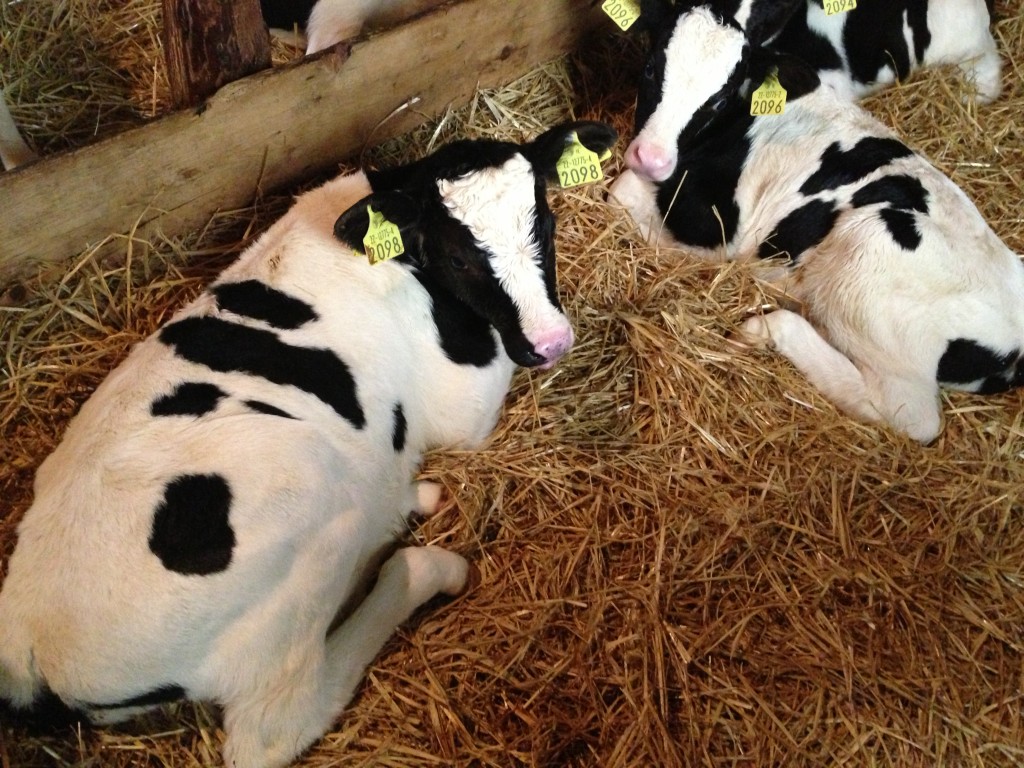
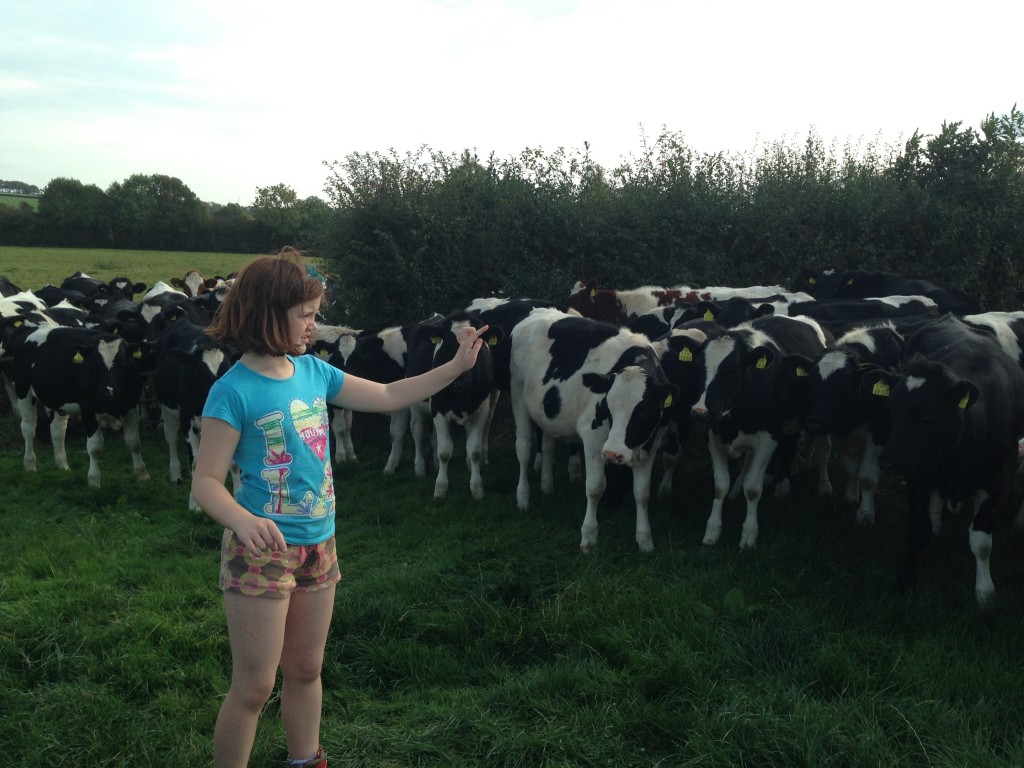
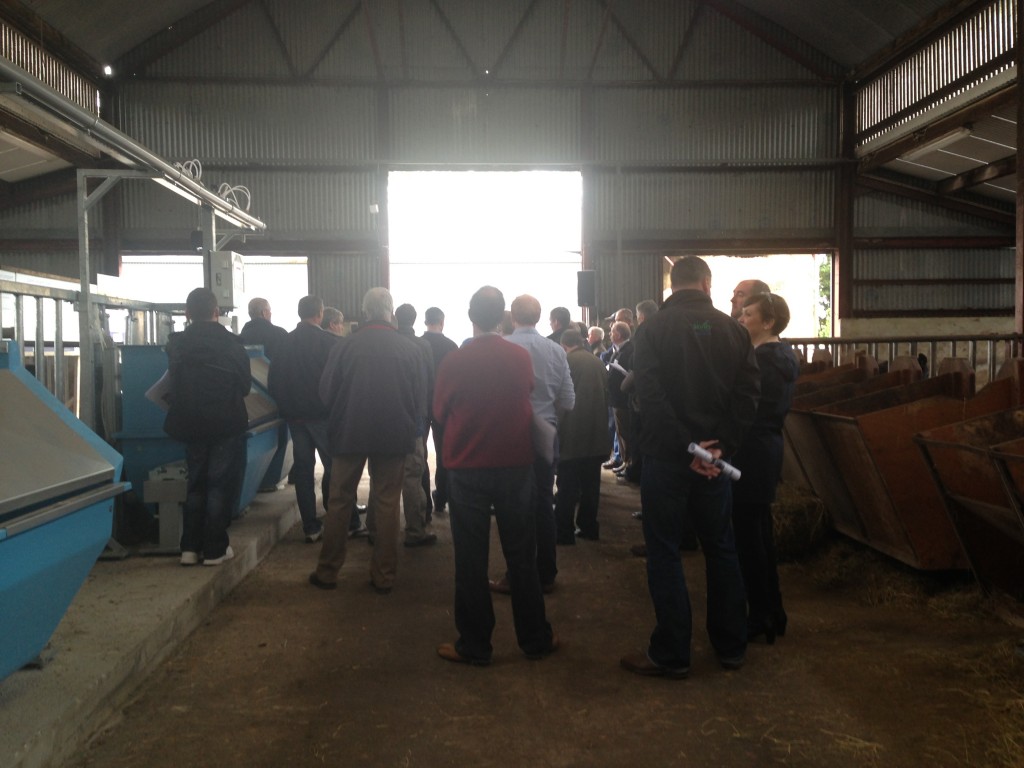
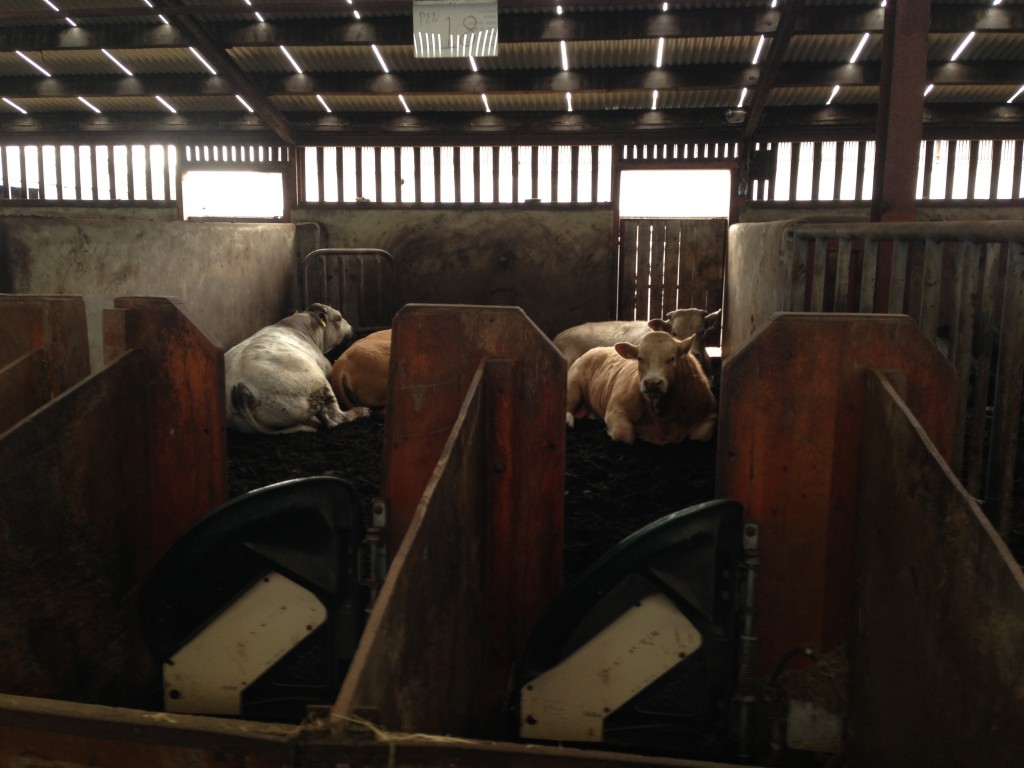
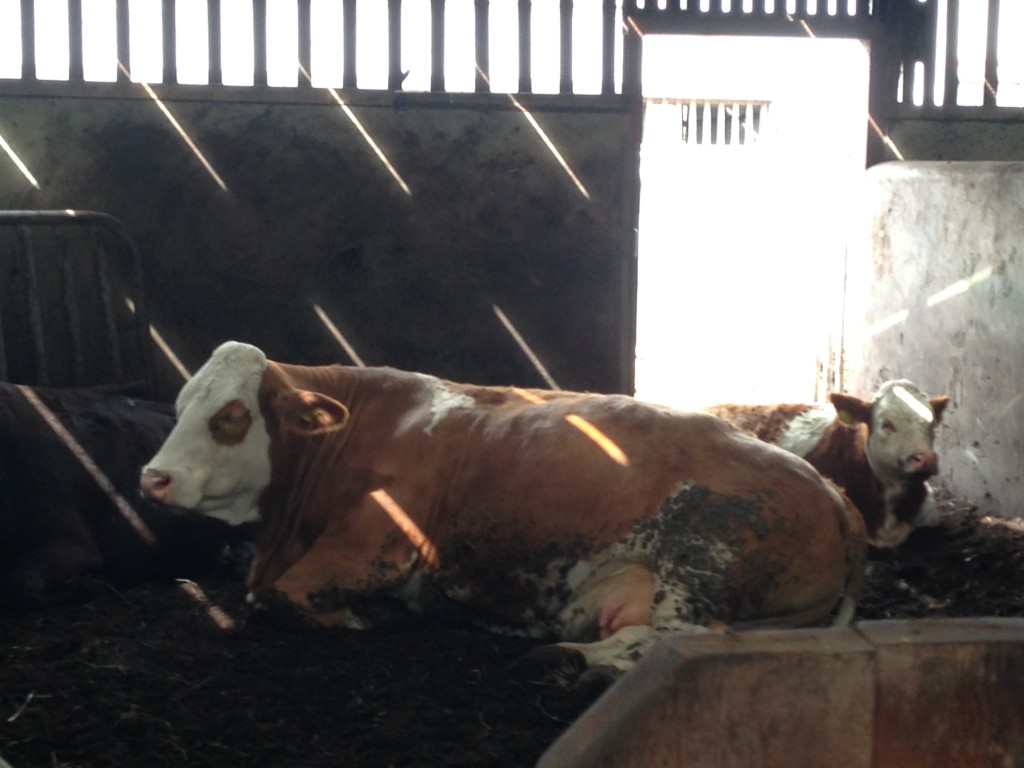
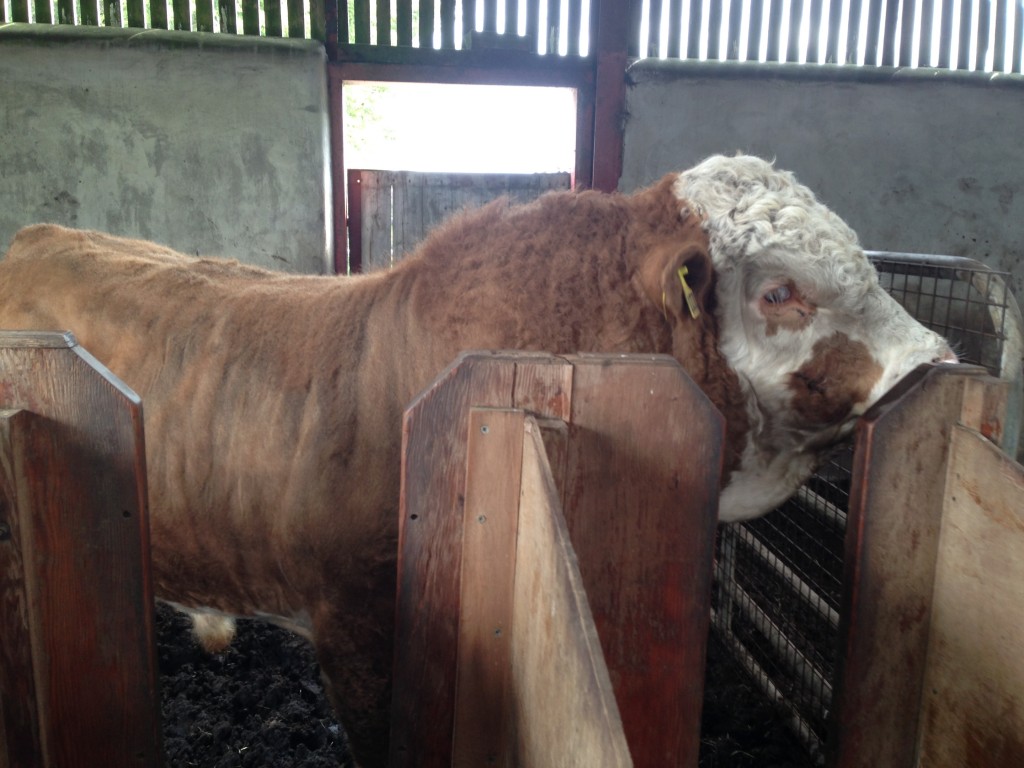
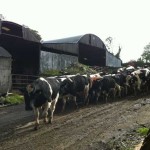
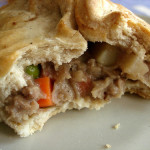
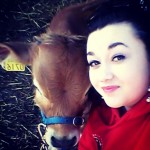
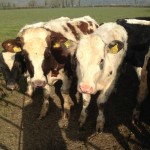
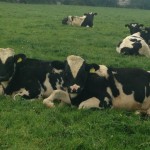
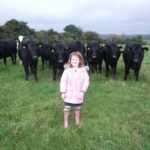
Pingback: What is a Family Farm? « The Irish Farmerette
Dee Sewell
Thanks for the link Lorna and I read this post with ever widening eyes. It’s a real insight into farming and shoots dead any suggestion that a farming life is an easy one – it’s a wonder anyone does it at all with the seeming lack of support from various bodies.
Lorna
We’re an optimistic lot 😉 Not deluded though I hope. But yes, it has been a tough year for beef farmers. Supermarkets seem to be a necessary evil at the moment.
Donna OShaughnessy
Linked to your post on my blog today Lorna. Thanks so much
http://midlifefarmwife.blogspot.com/2014/05/beef-is-usthe-steaks-are-high.html
M T McGuire
That’s an interesting post. I don’t know much about this but there have been issues with supermarkets here in the uk. Low prices driving farmers out of business and then the use of other meats, many of which are from less reliable sources, ie, domestic pet horses with false documentation, slaughtered in other parts of Europe and reimported. Pricing maybe a little fairer for uk farmers now. Certainly I think the buying public is more aware and is beginning to understand that food does cost money. More farmers are supplying to customers direct or through collectives, more customers are looking for them. I think it’s a case of getting together, pitching the product and educating the customers.
I really sympathise, my great Aunt was a farmer and I know it’s hard.
Cheers
MTM
Lorna
Thanks MT, the British farmers have done a fabulous job of getting consumers to buy British products – not complaining at that because it is good to see but I think that might be affecting price of Irish meat. I think we over-rely on the British market too much but the factories won’t alter as they have a steady market and they just pass on the price cuts. I agree though, I do believe more farmers should be using social media to educate the consumers particularly those selling directly to market or with a specialist product.
Our 9 yo is into food and I do wonder if she will end up adding value to our milk with a product in the future. I’m too much of a ‘chuck it all in’ to work with food plus I wouldn’t have the patience for selling at markets and talking to general public but she is much more patient and chatty than I am – will be interesting to see.
We had the horsegate here last year too – beef prices were higher then, ironically!!!
Donna OShaughnessy
Amazing and detailed post Lorna! I read it twice and will point my husband to it later today. Things are different over here but in some ways the same. Beef farmers in the US are in a different situation right now as many animals died out West and here in the Midwest due to the harsh winter we had. In the Dakota’s, Wyoming, and Montana many beef are unsheltered and succumbed in Jan and Feb. when in normal winter years they do fine. So now we have a serious beef shortage in the US, especially of 100% grass fed beef which is our own farms niche. Beef prices are going up in the stores but farmers who sell conventionally are only seeing small payment increases. On the other hand the 1% of pasture raised beef farmers (actually it is our dairy calves we raise for beef) who sell direct to the consumer with no middle man at all, are able to charge decent and fair prices to the consumer who are willing to pay premium prices for meat that is raised the way they want it raised. Organically certified 100% grass fed beef is going for even higher premiums. Our biggest problem is supply as this year we cannot meat the demands of our customers. We even refer them to other direct sale farmers until we have more beef available. If I were buying beef in the store I would so want to consume Irish grown beef because as a rule they seem to be raised outdoors and on pasture where 99% of the beef here is raised on overcrowded, inhumane feed lots. And that beef TASTES terrible. Seems a waste your excess of beef is not coming here. . (we sometimes eat at other peoples homes who buy supermarket beef. YUCK) So because we on South Pork Ranch have less meat available, our meat sales have decreased and we may lose customers to other farmers but each day new customers call and are willing to be put on the waiting lists we have. In summary I would say that direct to consumer sales have many benefits as well as pitfalls just as the way your farm has pros and cons to its sale methods. Farming is so volatile, so financially stressful, so nerve wracking sometimes and yet we plan to do it the rest of our lives on one level or another. Mostly because we get so many comments praising our hard work from our customers. They really do get it even if our own government never will.
Lorna
Hi Donna, thank you for your lovely long post, it’s great to hear how things are in other parts of the world even if the picture isn’t as rosy there as it could be either. Some US areas had it really tough with the sudden snow that fell early in the winter too. Tbh, though, a lot of animals are finished on feed here as to finish them on grass would mean that they would be older and cos they’d be bigger, they may be over the required weight too. They have to be under a certain age to get bonus payments too. Bulls have to be finished indoors, well, dairy friesian ones would have to be from a safety point of view.
There are some organic beef farmers who sell directly to their customer or to a specialist butcher. However, in the main, while Irish beef animals are at grass for a substantial part of their lives, they aren’t usually finished on grass. I was talking to one suckler farmer who sells his steers as stores and most of his buyers are retired farmers aged between 70-86 who don’t have successors, have grass and want the hobby of finishing them on grass. Those retired farmers don’t make a profit as such on them, they enjoy the job of herding them and of going to the mart to buy them, it’s their social interaction but for most farmers, there has to be a profit, hence the more intensive system. If the marketing of Irish beef could create an image that means it is desired, and more money paid for it, then it would be a different story. It has worked for Kerrygold.
Some of the factories have their own feedlots too so if there is a dearth of supply from farmers, they can supply their own, hence the factories can control the price very easily. One of the farming organisations was calling on farmers to not supply factories for 2 weeks from 1st April which I thought was bonkers. For one, many of the factories had their own supplies, secondly, any farmer with a dire cashflow situation or with animals coming up to a an age cut off, is never going to not supply, he can’t.
We have castrated most of our yearlings and will probably do the last 20 too. Getting 40c per kg less on bull beef than steer beef just means that the extra work with bulls isn’t worth it.
BUY THE BOOKS NOW
Subscribe to My Blog Posts
Subscribe to My Newsletter
Recent Posts
Archives
Categories